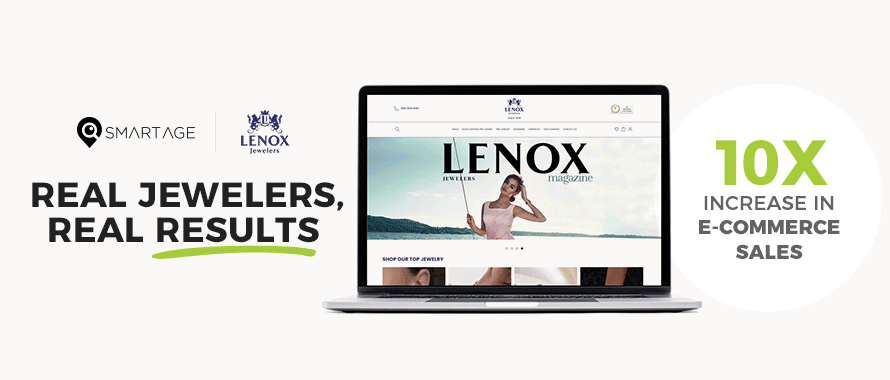Jewelry ECOMM Tech
Do You Value Your Website The Way You Should? March 27, 2019 (0 comments)
It’s so easy for jewelry stores to take their website for granted. This is especially true for stores who don’t sell online. The perception that the website is nothing more than an online brochure leads to a valuable marketing channel going underutilized – and in today’s competitive economy, that’s a mistake. You’re not going to value your website properly until you understand what it’s doing for your store. Think of this as an essential business-building practice. Just like you set sales goals or review your financials, you need to review your website performance regularly.


